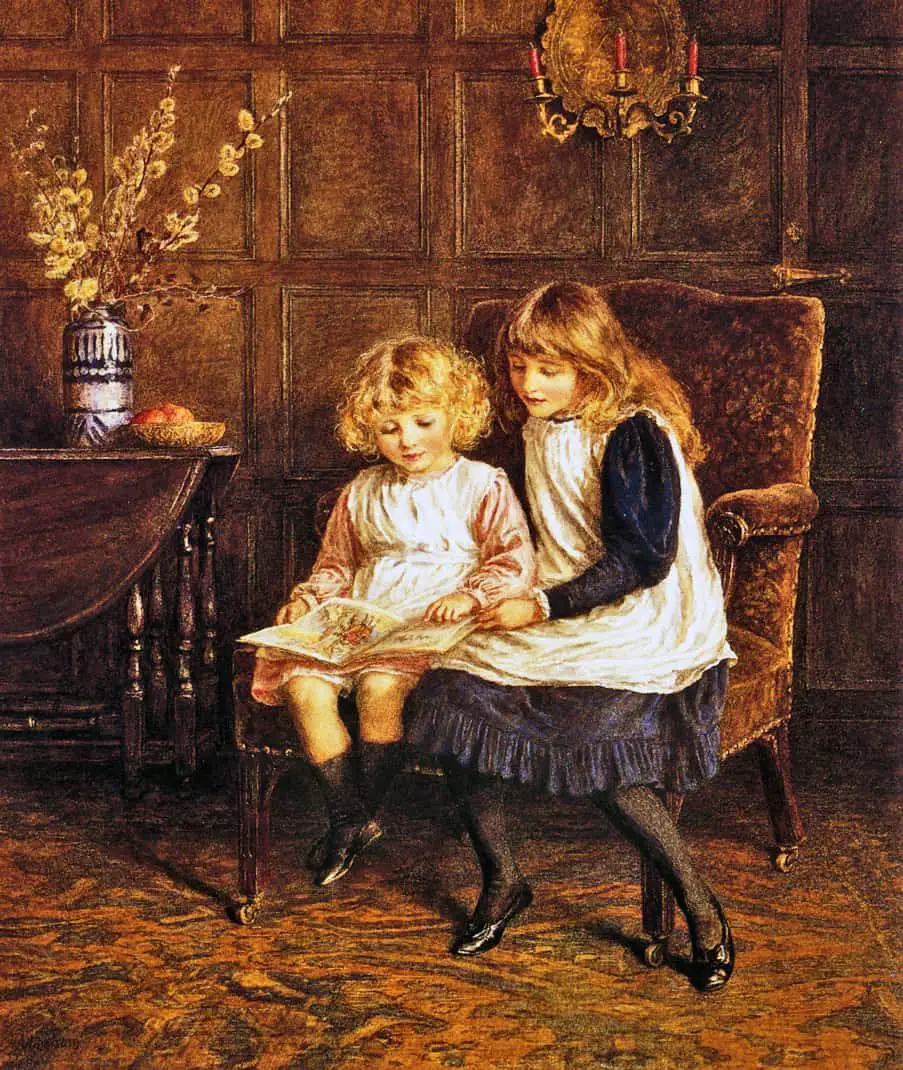When storytellers decide to adapt an old story for a new audience, they must make an important decision: Is this for audiences who already know the story, or will this story function as a standalone?
Adaptations are highly successful partly because when the audience already knows the setting and characters, the new take is easier to sink into. There’s less ‘orientation’ work on the part of the audience member.
I recently read The Other Bennet Sister by Janice Hadlow, a new story which extends Jane Austen’s Pride and Prejudice, focusing on Mary. I enjoyed it immensely, and also wondered if someone brand new to Pride and Prejudice would have got as much out of it. Pride and Prejudice is so widely popular that I doubt many readers of The Other Bennet Sister will have neither read the book nor seen the miniseries nor the movie. Because this story is for an adult audience, and because the hypotext is so popular, Janice Hadlow was able to assume familiarity with Austen’s original.
But what if we are adapting an old story for a child audience? No matter how widely loved the story, we can never assume a three or ten year old child is familiar with the older version. This is how Disney operates:
For at least one generation of children, The Jungle Book is the 1967 Disney cartoon, not a collection of stories by Rudyard Kipling, even if the film opens with an image of the book.
Linda Hutcheon, A Theory of Adaptation
Likewise, young audiences of Frozen don’t need to have heard any Snow Queen stories in order to appreciate it. Another Disney example: the Disney adaptation of Peter and Wendy. Readers of the book and viewers of the Disney film experience two separate stories, as described below:
“When students know Peter Pan through Disney, they know a pretty scrubbed version,” Smith says. “The characters in J.M. Barrie’s play don’t know if Peter’s adventures are real. In the novelized version, he often went out alone and they never knew whether he had had an adventure because he might have forgotten about it, and they would go outside and find a body. This is a very jarring moment for them. I ask what does Walt Disney’s adaptation of Peter Pan say about how we view childhood now, as opposed to how it was understood in the early 20th century when Peter Pan was popular on the stage? You can’t fight Disney. You have to let him in.”
Children’s Literature Not As Simple As It Seems
Retrospective and Prospective Adaptations
These two words come in handy when describing whether an adaptation serves a familiarised audience or a new one.
Retrospective adaptations reward audiences for any prior knowledge of the hypotext (or origin story). Retrospective adaptations offer a parallactic view of an older story. The audience sees the ‘same’ story through a different lens, or point of view.
There is a whole other, extra dimension that comes with knowing the adapted work, a dimension that makes the experience of reading a richly ‘palimpsestuous’ one, as we oscillate between the version of a story we already know and the one we are reading now.
Linda Hutcheon, A Theory of Adaptation
Prospective adaptations can stand alone. Their relevance does not depend upon prior knowledge of earlier texts. Prospective adaptations can encourage audiences to investigate the hypotexts upon which they are based, but ‘full’ enjoyment of the adaptation does not depend on prior knowledge. Disney’s Aladdin is an example of a Prospective adaptation.
Highly successful adaptations work both Retrospectively and Prospectively, rewarding both a familiarised audience and a brand new one. When children’s stories get new adaptations, they are now able to work for a dual audience — with the adults already familiar with the older story, and with their children, who are not.
To paraphrase Karyn Keane, who writes specifically about Harry Potter and the Cursed Child:
Retrospectively, an adaptation can reward audiences who possess prior knowledge through enriching their experience. The very same adaptations can also act Prospectively by making statements isolated from the hypertext and guiding newcomers to the original works.
RELATED READING
What is a fractured fairy tale?
Header painting: Helen Allingham – The Reading Lesson

